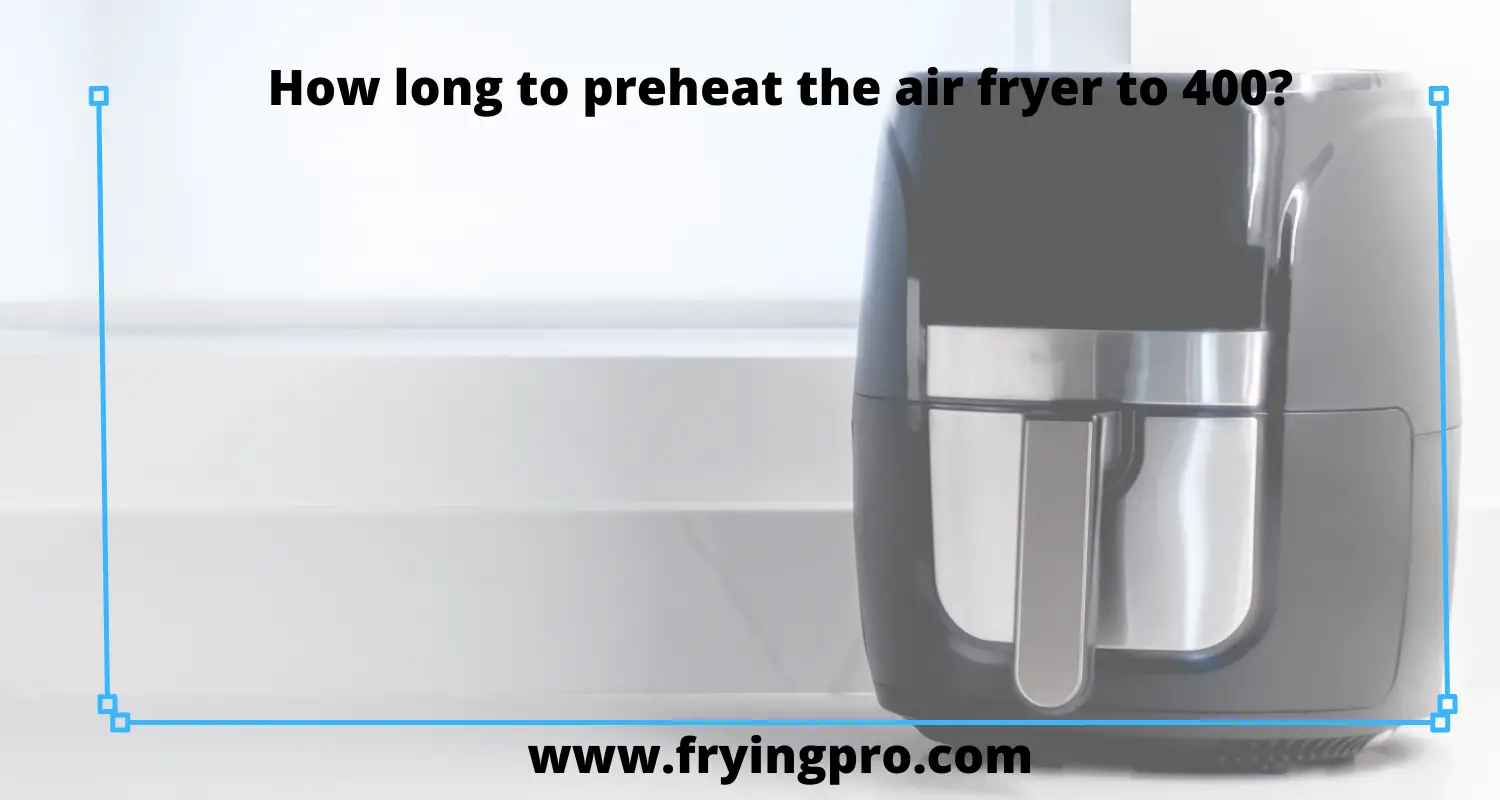Table of Contents
- What size fryer for a 20 lb turkey?
- What Is The Biggest Size Turkey You Can Deep Fry?
- How Large Can Processed Turkeys Be?
- How Much Oil Do I Need For A 30-Quart Deep Fryer?
- Where to Fry Safely?
- Things to have while frying Turkey
- Before you cook it
- Drying the turkey
- Refrigerating the turkey
- Cooking the turkey
- Summary
What size fryer for a 20 lb turkey?
When preparing a turkey for frying, it can be transformed from an all-day cooking task into two-hour meal prep. This is the simplest and most time-saving method of preparing a turkey.
Using enough oil and ensuring your turkey fits in your fryer are both important when doing so. We’ve done the legwork to answer this issue. We’ve spent time finding out the answer to this question, so you can save time in and out of the kitchen.
So, what size fryer for a 20 lb turkey? A 30- 40 quart fryer can hold turkeys that are up to 20 pounds.
Stay with us as we tackle more concerns regarding fryers, oil, turkeys, and other meats.
Read More: How much does fryer oil weigh?
What Is The Biggest Size Turkey You Can Deep Fry?
When it comes to the size of a turkey you can fry, there are no limits. When deep-frying a turkey, one of the most important things to consider is using the correct amount of oil. When frying turkeys, as a general guideline, they should be completely immersed in oil.
The oil must cover the turkey by about 1-2 inches when deep frying. This implies that you may deep fry any size turkey; all you need is enough space in your big enough fryer for the turkey to submerge completely.
Another thing to think about is how much oil your fryer can handle. In other words, if you’re frying a larger turkey, make sure the oil isn’t too close to the top of the fryer when it’s submerged. If this occurs, there’s a fire and safety risk.
How Large Can Processed Turkeys Be?
There may be record-breaking turkeys on the market, but the most common weight is around 25 pounds. Because most turkey fryers take this into account, they are often large enough to cook a turkey of this size.
If you fry a turkey larger than this, you’ll need to find a bigger oil container. This is important because if the container isn’t big enough, it can overflow and cause fires. A major source of fire when frying turkeys is oil spilling over the side of the container; make sure your oil pot is large enough for even the biggest bird!
How Much Oil Do I Need For A 30-Quart Deep Fryer?
The rule of thumb is that one gallon of oil per ten-quart fryer capacity. As a result, you’ll need approximately three gallons of oil for a 30-quart fryer.
A 30-quart deep fryer can generally contain 7.5 gallons of oil, but you must consider the oil level rising while the turkey is placed in and a safe fill line for oil to splash around without splashing outside of the fryer.
Also, keep in mind the size of your turkey. If you have a 30-quart deep fryer but are only frying a small turkey, you will not need an entire gallon of oil. Remember to factor in how much oil you’ll require depending on the size of your turkey.
Where to Fry Safely?
Before frying your turkey, make sure you have a secure area to prepare and fry the bird. You need to be certain that there are no flammable materials nearby. As mentioned previously, fires from deep-frying turkeys can result from oil spilling over the sides of the pot, so location is key.
Next, as another safety measure, choose a flat surface for your turkey fryer. Don’t place it on a slant or uneven surface as this makes controlling the fire more difficult and adds the risk of tipping the whole thing over.
You should never bring the project inside. “That’s a really dangerous method to start a fire. And don’t even consider using your garage: It may be the most hazardous location of all.
Read More: How much oil does a deep fryer use?
Things to have while frying Turkey
To avoid unpleasant situations, use specialized turkey-frying equipment. Here’s what you’ll need:
Burner: A 90,000 to 120,000 BTU burner is needed to heat the oil.
A big, narrow fryer-steamer pot: This is the most oil-efficient and cost-effective solution. Here’s how to figure out what size pot you’ll need: The diameter of the pot should be at least 4 inches less than the width of the burner. So, if your fryer has a 90,000 BTU burner, you will need a pot that is at least 36 inches in diameter.
A 30-quart deep fryer can generally contain 7.5 gallons of oil, but you must consider the oil level rising while the turkey is placed in and a safe fill line for oil to splash around without splashing outside of the fryer.
Some people prefer a deep cast-iron pot or kettle, but since they are bigger, they require more oil. If you have one, make sure it’s deep enough to hold the turkey on a stand with room for oil to cover it and several inches of clearance for oil boiling up as it heats.
Turkey and lifter: These are frequently offered as a set. They make it easy to move the turkey from one pot to another without dropping it into the hot oil. Some people use the steamer baskets that come with big steamer-fryer pots, but there’s no simple method of removing the turkey without risking it falling.
Clip-on deep-fry thermometer with a long stem: This should be at least 12 inches long. With the fryer pot, turkey stand, and lifter, they are available individually or in sets.
The injector: which is a syringe for introducing flavored marinade into the turkey meat: You don’t have to inject a turkey to fry it, but it adds flavor.
Heavy-duty leather gloves: These are a must since equipment can become scorching hot and grease may splash on your hands. Cotton gloves aren’t enough.
Before you cook it
Make sure your turkey has completely defrosted in the refrigerator (24 hours for every 5 pounds). Remove the plastic wrap, giblets, and pop-up button if applicable.
A fried turkey is traditionally injected with a marinade before being cooked; how long before cooking, on the other hand, is debatable. Two hours before frying worked well for us.
What and how to Inject: You may get bottled injection marinades at your local grocery store or at an outdoor cooking store. Some people even use bottled Italian salad dressing to inject their turkey or create their own injection marinades. We had good results with Chef William’s Creole Butter and Mr. C’s Bayou Buttery Gold (available at Barbeques Galore).
Drying the turkey
After injecting the turkey, dry it thoroughly inside and out. The water and juices that seep into the turkey and the marinade that leaks out might splash as it is lowered into the pot, causing oil to splatter.
Refrigerating the turkey
“Keep turkeys frozen until you’re ready to cook them,” advises Sherrie Rosenblatt, spokesperson for the National Turkey Federation. This is especially crucial if you plan on frying many turkeys in quick succession.
If you want to keep your turkey close at hand while heating the oil, Ms. Rosenblatt suggests putting it in a cooler with lots of ice. “After handling the raw turkey, wash your hands,” she adds.
Cooking the turkey
Heating the oil: Set the frying pan on the burner. Before you add oil to the pot, be sure that the burner is turned off. Pour in enough oil as calculated earlier when you measured the water required to cover the turkey. Attach the frying thermometer to one side of the pot. Set the burner to high and let it heat until the oil reaches 350 F; do not leave it unattended for even a second because a breeze might cause something flammable into flying into contact with it, or someone may approach dangerously close to the equipment. To warm 3 gallons of oil (enough for a 13-pound bird), expect 15 to 30 minutes.
Lowering the turkey: Under no circumstances should you put the turkey in the oil without using a turkey lifter or basket. “You’ll wind up at Baylor [hospital] if you drop that turkey into the hot oil by mistake. And don’t try to build your own turkey lifter.
Placing the turkey on the stand is easy: The centerpiece simply slides into the cavity. The turkey lifter, which is connected to the turkey stand’s handle, allows you to safely lower the bird into the oil. When lowering a turkey into its bath, wear gloves to avoid grease splatters.
How long to fry: Typically, for every pound of turkey, fry it for 31/2 minutes. However, because keeping a constant oil temperature is difficult, he sometimes adds four or five additional minutes to the planned cooking time.
“It’s impossible to tell just by looking at the turkey whether it’s done,” he adds, noting that when it’s still raw on the inside, the turkey has a lovely golden color. When a meat thermometer is inserted into the thickest part of the breast, the finished turkey will have crispy-looking, even wrinkle-ridden skin that reads 160 degrees F.
Summary
Turkey fryers are excellent fryers since they come in such huge sizes. Because you don’t want to over or underfill a fryer, the amount of oil you use is crucial. You’ll be able to spend more time with your family on Thanksgiving (or any day) and less time in the kitchen once you’ve mastered the technique of frying a turkey. That’s something to be glad about!
Read More: How much oil does a turkey fryer take?






